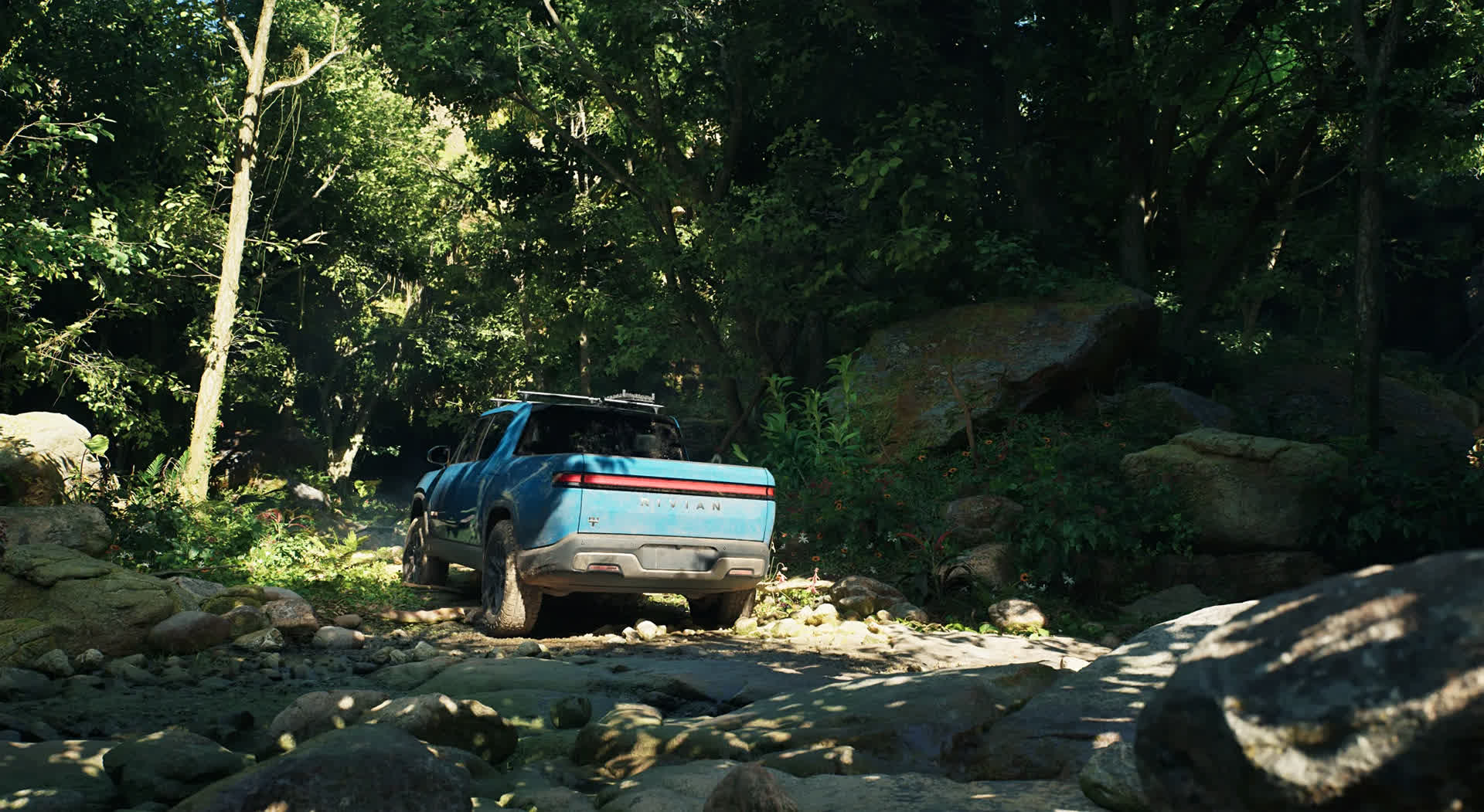Why it matters: Epic Games released exciting new footage showcasing Unreal 5.2 during this week's Game Developers Conference in San Francisco. The demo, called Electric Dreams, features a Rivian EV crawling offroad in exceptional detail. The presentation also touched on several other technologies, including Metahuman, Epic's framework for creating lifelike characters for use in Unreal-based projects.
The annual Game Developers Conference (GDC) is a forum for developers, graphic artists, and other industry professionals to solve challenges, exchange ideas, and showcase new technologies in the game development industry. Epic Games provided this year's conference-goers with a deeper look into the company's Unreal Engine 5.2, and based on the feedback, the Epic team did not disappoint.

Epic's Vice President of Engineering, Nick Penwarden, introduced and presented the Electric Dreams demo and several of Unreal Engine 5.2's new features. The demonstration centers on a Rivian R1T off-roading through a foliage and water-rich environment created using chaos physics, real-time fluid simulation, and rendering tools such as Lumen and Nanite. The result is a highly detailed model comprising 71 million polygons rendered in real-time.
Epic also introduced Substrate, a new material framework that provides a fantastic range of surface appearances, expansive parameter space, and performance that scales according to complexity and budget.

Epic's presentation also featured an impressive demonstration of the company's Metahuman Animator framework, which enables artists to create photorealistic, lifelike characters in real time. Epic designed Metahuman Animator so anyone can pick up and use the tool, regardless of their animation experience, and deliver triple-A quality results. Live performances can be captured and transferred to Metahuman using studio-grade equipment or a high-quality smartphone.
The Metahuman presentation featured Melina Juergens, known for her role in Ninja Theory's Hellblade franchise, recording a live performance via an iPhone. Metahuman's ability to instantly translate Juergens' voice inputs, expressions, and movements as a highly lifelike digital likeness was definitely uncanny valley material.
However, it shows how far realistic human animation has come, particularly in motion-capturing efficiency. Metahuman significantly reduces turn-around time, turning what Juergens described as a weeks-to-months-long process into a real-time capture session. The demonstration showcased other Metahuman performance capture capabilities, including applying different Metahuman character visuals over the same initial capture, further streamlining the ability to create multiple photorealistic characters.
Epic didn't have a launch date for Metahuman Animator. However, Epic has alluded to its availability in the coming months. Users interested in Unreal Engine 5.2 can find the preview available via the Epic Games Store or GitHub.
https://www.techspot.com/news/98078-epic-new-unreal-engine-52-electrifies-gdc-2023.html